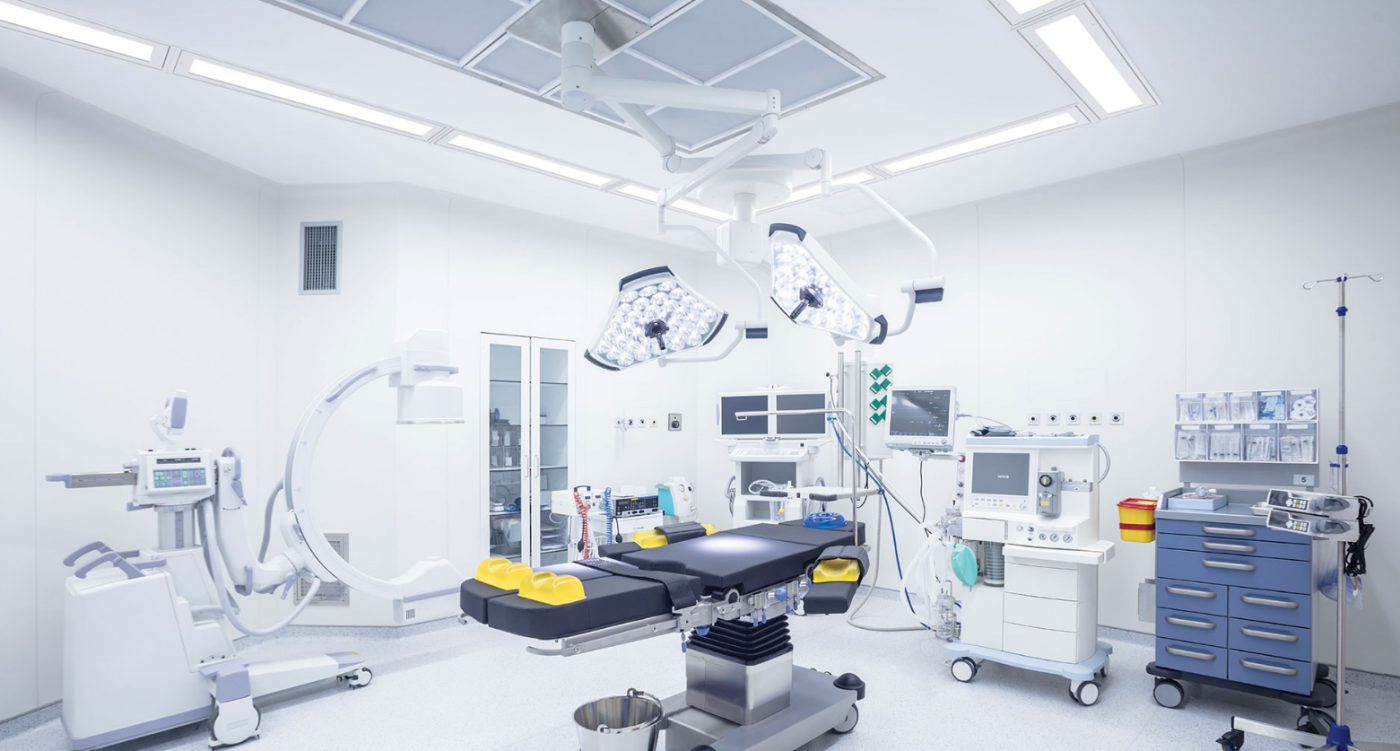In the realm of healthcare, medical lighting systems play an indispensable role, finding applications in operating rooms, examination rooms, wards, and other medical environments. To ensure the smooth operation of medical lighting systems, accurate healthcare professional procedures, and patient safety, the power supply must adhere to specific requirements and critical considerations. This article will delve into the unique demands of medical lighting systems from their power supply and highlight key factors to be considered.
Stability: Medical lighting systems necessitate consistent illumination to enable clear observation and precise procedures by healthcare professionals while ensuring patient safety. Power supply stability is crucial to prevent flickering or fluctuations in lighting. Especially in critical environments like operating rooms, a stable lighting condition is paramount for the success of medical procedures.
Color Accuracy: Accurate color rendition is vital in medical procedures for healthcare personnel’s visual identification. The power supply should provide color temperatures and Color Rendering Index (CRI) that conform to standards, ensuring the authenticity and accuracy of the illuminated scene. For instance, during surgeries, accurate recognition of tissue and organ colors is essential.
Noise-Free and Electromagnetic Interference: Medical environments demand quietness and stability. Therefore, the power supply must not generate noise and electromagnetic interference that could disrupt the normal operation of medical equipment and healthcare professionals’ procedures. This consideration is especially critical in highly concentrated medical settings like operating rooms.
Instant Start and Dimming: Medical lighting systems require quick startup and dimming capabilities to adapt to different medical procedures and environmental needs. The power supply should be able to provide stable brightness in an instant and support precise dimming control. For example, illumination brightness and color temperature adjustments might be necessary depending on various stages of a surgery.
Emergency Backup Power: Certain medical lighting systems need to continue functioning during power outages to ensure critical areas like operating rooms remain illuminated. Emergency backup power sources such as battery backup systems may be necessary to ensure patient safety.
EMC Compatibility: Medical lighting systems are often used in conjunction with other medical equipment, making EMC compatibility of the power supply crucial. Power supplies should adhere to relevant EMC standards to avoid electromagnetic interference issues and guarantee stable medical procedures.
Reliability and Safety: The reliability and safety of medical lighting systems are paramount. The power supply should have protection mechanisms against overcurrent, overvoltage, overheating, etc., preventing lamp damage or safety risks due to abnormal situations. This is vital for ensuring the continuity of medical operations and patient safety.
Energy Efficiency: Medical lighting systems require long hours of operation. Therefore, energy efficiency is significant to reduce operational costs and energy consumption. Choosing energy-efficient power supplies contributes to sustainability.
In conclusion, medical lighting systems place specific demands on power supplies, covering stability, color accuracy, noise-free operation, instant start and dimming, emergency backup power, EMC compatibility, reliability, safety, and energy efficiency, among other key factors. Opting for appropriate power supplies guarantees the quality and safety of medical lighting environments while meeting the needs of healthcare professionals and patients.
